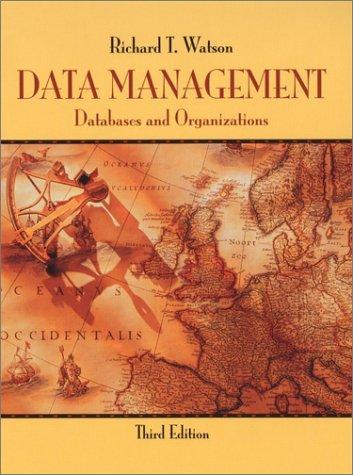from this conclusion, can you tell me which algorithms they used to recommend trining course??and if it was good choice or not?

thank you..
In knowledge economy, the skills and expertise of the employees directly impact the effectiveness and productiv- ity of the workforce. Training is important for creating and maintaining the right skill-profile for the organization's workforce. There is a tremendous variety in the available trainings within an organization: technical, project man- agement, quality, leadership, domain-specific, soft-skills, etc. Hence, in this paper, we presented several new unsu- pervised sequence mining algorithms for training recom- mendation in an industrial setting, to assist the employee in choosing the best trainings, which perfectly suits her background, project needs and career goals. The input to the algorithms is just the database of sequences of past trainings done by the employees. Using the real-life data about trainings of 118,587 employees over 5019 distinct trainings from a large multi-national IT organization, we showed that these algorithms outperform several standard recommendation engine algorithms as well as those based on standard sequence mining algorithms. We observed that our simple sequence matching algorithms are very useful for personalized training recommendations based on past data. We also demonstrated that adding some specific con- textual information (such as the project that an employee currently allocated to, or similarity between trainings) generally improves the prediction accuracy. We have also formulated the next training recommendation as an ensem- ble of MDPs with encouraging results. For future work, we are exploring an ensemble-based approach to combine predictions of the individual algo- rithms. We are enhancing our recommendation algorithms to make use of a detailed textual description of the con- tents of trainings. For example, using such descriptions, we can better represent the concepts covered in the train- ing leading to a better similarity measure for trainings. We are incorporating feedback from people who have already completed a training to improve the recommen- dation algorithm, along with other information about the training such as its duration, or difficulty level. We are also exploring how more contextual information about the employee can be used to enhance t Screenshot ns. We are exploring planning techni--. sequence of trainings to an employee in order to meet her long-term career aspirations, for example, aiding a pro- grammer to move to the role of database administrator on GUI designer









